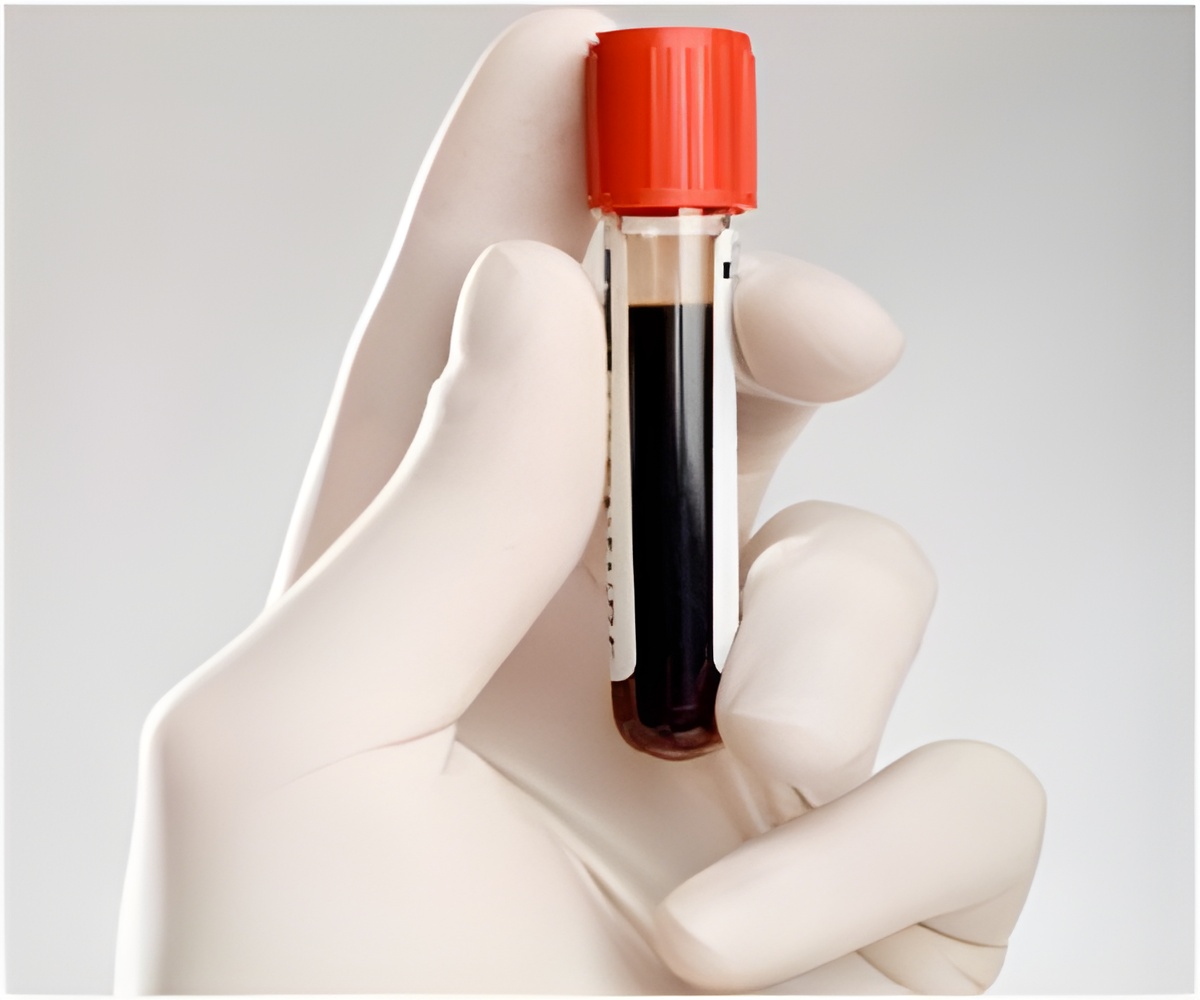
The whole genome sequencing in the new study, however, did not require DNA from the father - a significant advantage when a child's true paternity may not be known (a situation estimated to affect as many as one in 10 births in this country) or the father may be unavailable or unwilling to provide a sample. The technique brings fetal genetic testing one step closer to routine clinical use.
"We're interested in identifying conditions that can be treated before birth, or immediately after," said Stephen Quake, PhD, the Lee Otterson Professor in the School of Engineering and professor of bioengineering and of applied physics.
"Without such diagnoses, newborns with treatable metabolic or immune system disorders suffer until their symptoms become noticeable and the causes determined," he noted.
As the cost of such technology continues to drop, it will become increasingly common to diagnose genetic diseases within the first trimester of pregnancy, the researchers believe. In fact, they showed that sequencing just the exome, the coding portion of the genome, can provide clinically relevant information.
In the new study, the researchers at the Stanford University School of Medicine were able to use the whole-genome and exome sequences they obtained to determine that a fetus had DiGeorge syndrome, which is caused by a short deletion of chromosome 22. Although the exact symptoms and their severity can vary among affected individuals, it is associated with cardiac and neuromuscular problems, as well as cognitive impairment.
Advertisement
"The problem of distinguishing the mother's DNA from the fetus's DNA, especially in the setting where they share the same abnormality, has seriously challenged investigators working in prenatal diagnosis for many years," said Diana Bianchi, MD, executive director of the Mother Infant Research Institute at Tufts Medical Center, who was not involved in the Nature study.
Advertisement
Prenatal diagnosis is not new. For decades, women have undergone amniocentesis or chorionic villus sampling in an attempt to learn whether their fetus carries genetic abnormalities. These tests rely on obtaining cells or tissue from the fetus through a needle inserted in the uterus - a procedure that can itself lead to miscarriage in about one in 200 pregnancies. They also detect only a limited number of genetic conditions.
The new technique hinges on the fact that pregnant women have DNA from both their cells and the cells of their fetus circulating freely in their blood. In fact, the amount of circulating fetal DNA increases steadily during pregnancy, and late in the third trimester can be as high as 30 percent of the total.
The researchers plan to continue to develop the technology for eventual use in the clinic.
The study will be published July 4 in Nature.
Source-ANI














